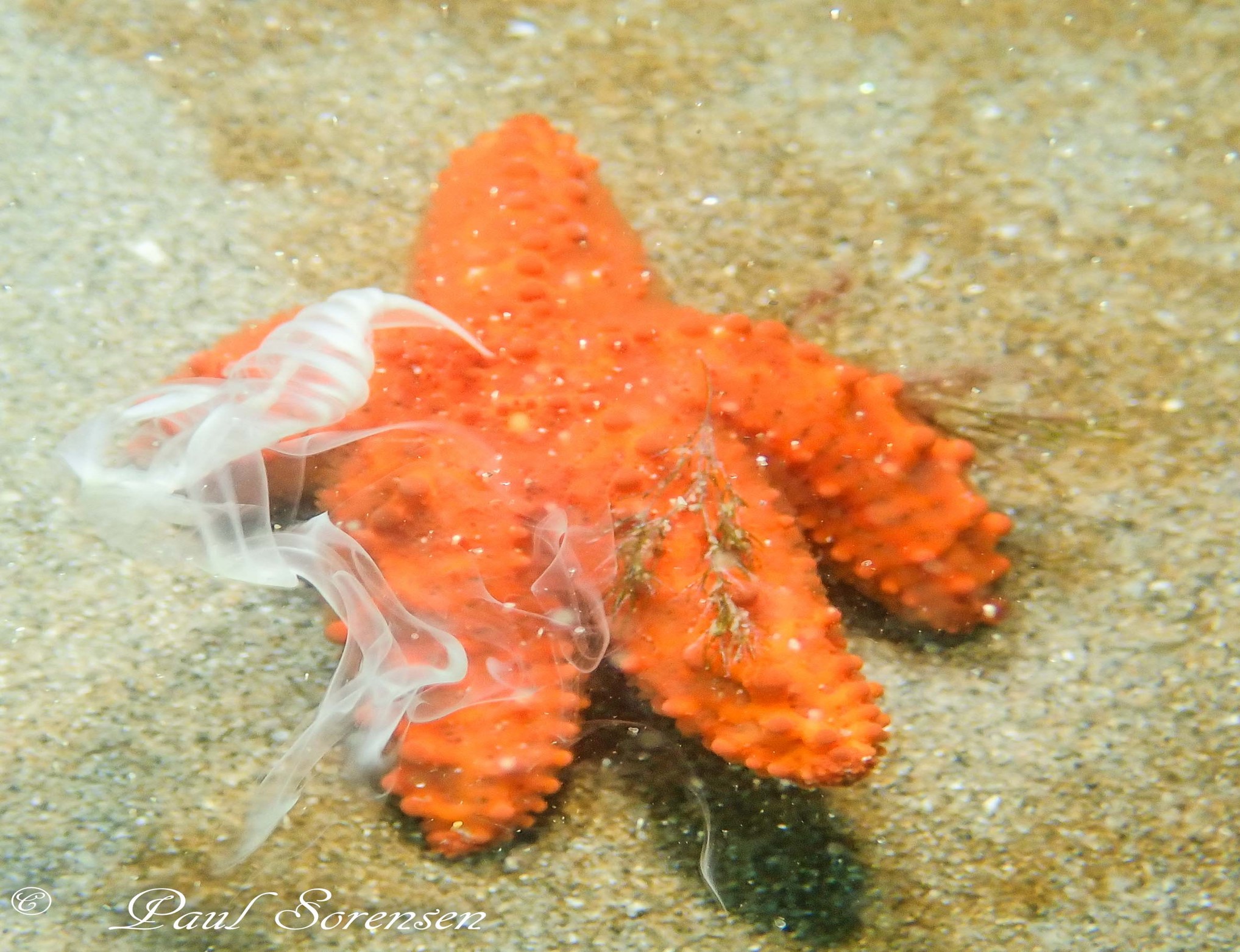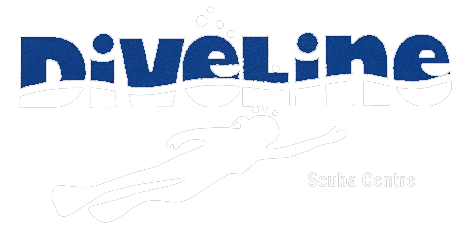Echinoderms
General
- Ancient Greek “Echinos” meaning “spiny” and “dermos” meaning “skin"
- Approximately 7,000 species
- Includes starfish, sea urchins, sand dollars, sea cucumbers, sea lillies
Distribution
- Exclusively marine animals, no freshwater
Habitat
- Benthic animals
- Found usually on the sea floor in every marine habitat from the intertidal zone to ocean depths
Body
- They are triploblastic.
- Larval form show bilateral symmetry and adult forms show radial symmetry
- Body is unsegmented without a head
- The body is uniquely shaped. It can be star like, elongated or spherical
Reproduction
- Sexes are dimorphic, Echinoderms are either male or female
- Become sexually mature after about two to three years
- Most release their eggs and sperm into the water where they are fertilized externally
- A female can release one hundred million eggs at once

Divided into:
Subphylum: Asterozoa
- Class Asteroidea Sea Stars & starfishes
- Class Ophiuroidea Brittle Stars
Subphylum: Crinozoa
- Class Crinoidea Sea Lilies & Feather Stars
Subphylum: Echinozoa
- Class Echinoidea Sea Urchins and Sand Dollar
- Class Holothuroidea Sea Cucumbers

